Research
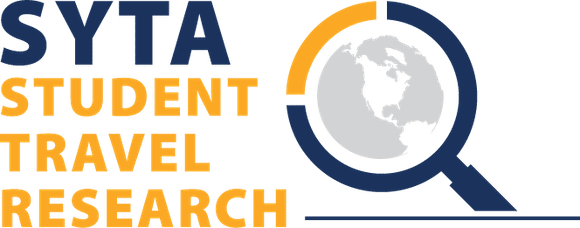
Business Barometer
The Definitive Source for Up-to-Date Data and Information on the Student Group Travel Industry
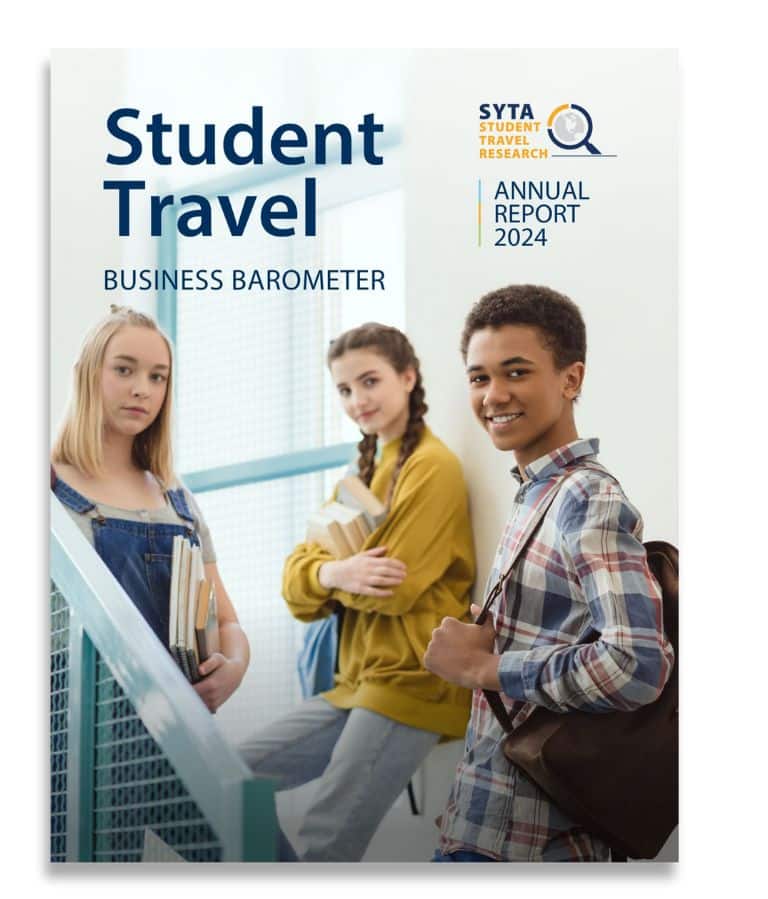
2024 Student Travel Business Barometer
The Student Travel Business Barometer is the only qualitative data resource of its king for domestic and international student group travel. The report includes trend trend and forecast data.
For Research Press Inquiries or for additional information, please contact Carylann Assante, CAE at cassante@syta.org.
Disclaimer: Please note that this report is covered by copyright. Redistribution, modification, publicity and commercial use of the report or any parts of it is not allowed without BONARD’s prior written consent. Please get in touch with us at data@bonard.com for more information or to obtain such consent.
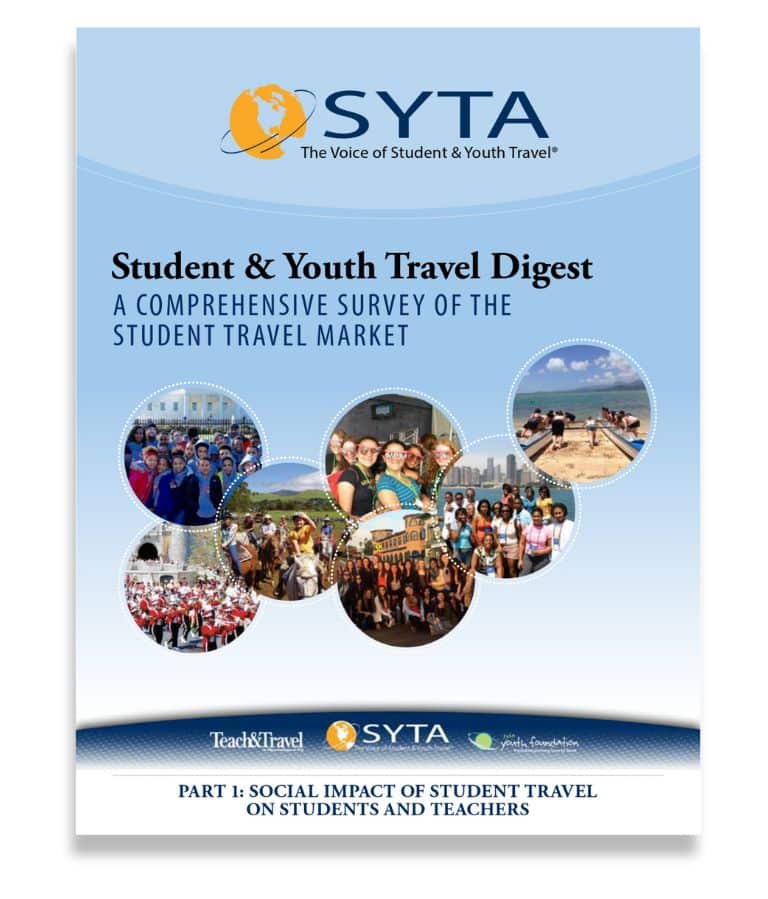
Student Travel Digest
SYTA’s landmark study was designed to cover the broad range of the student travel industry and balances today’ needs with future-focused programs designed to help student travel providers.
For Research Press Inquiries or for additional information, please contact Carylann Assante, CAE at cassante@syta.org.
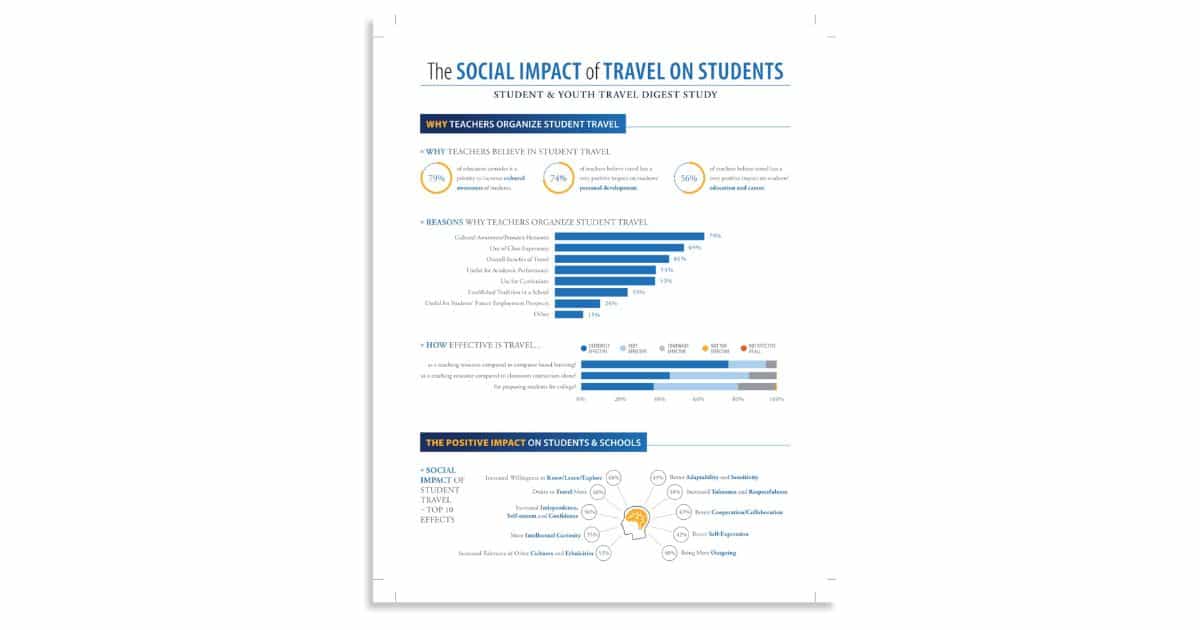
A Summary of the social impact results to the Student & Youth Travel Digest .

SYTD Social Impact Report (Part 1)
An indepth look at the social impact student travel has on young people.
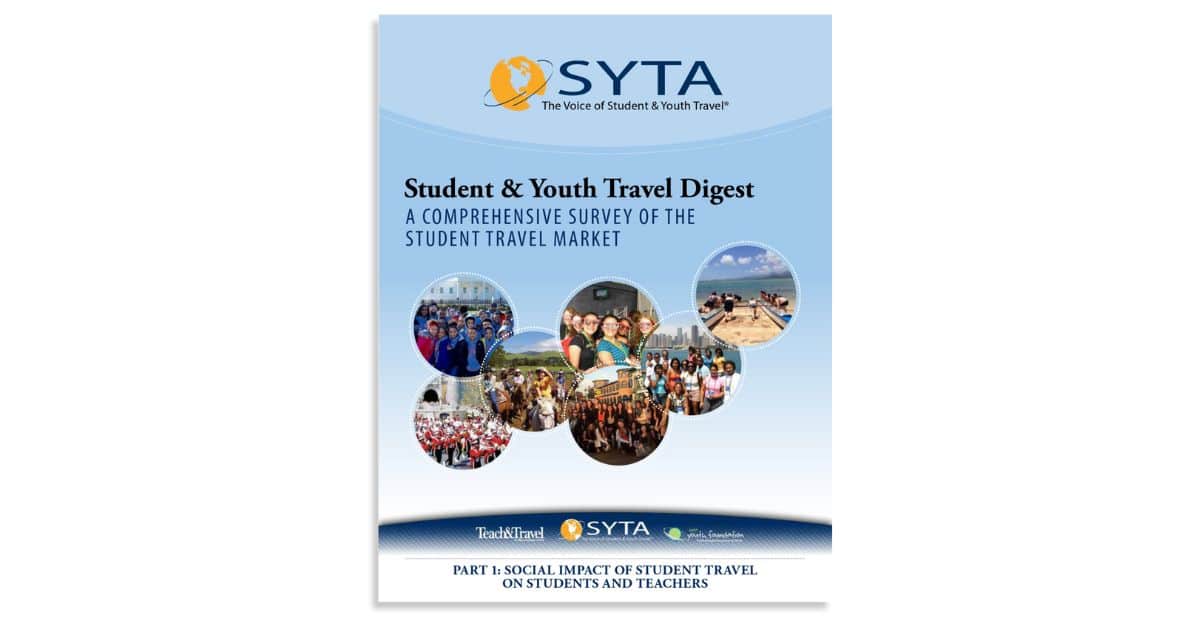
This report introduces an analysis of U.S. student group travel as organized and led by teachers. The research not only identifies travel specifics, but also quantifies the roles of different actors (teachers, group leaders, parents, students, tour operators, etc.) in organizing school trips.
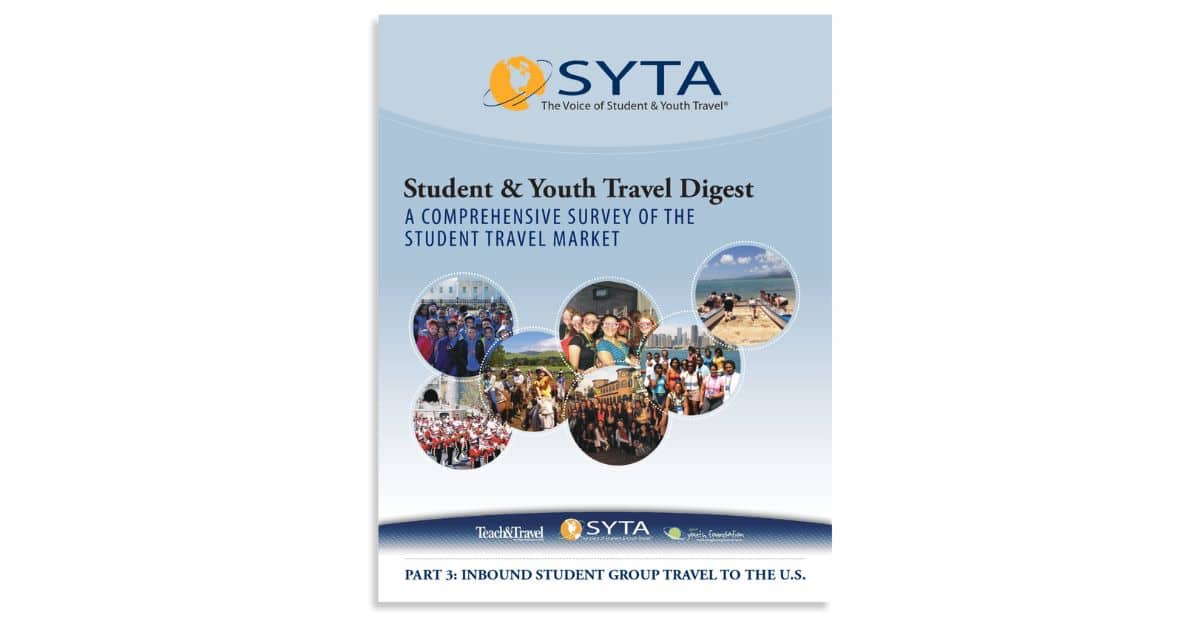
This report delivers comprehensive insight into inbound student group travel to the U.S. and aims to delve into its distinctive characteristics, which often vary considerably from domestic tour specifics.
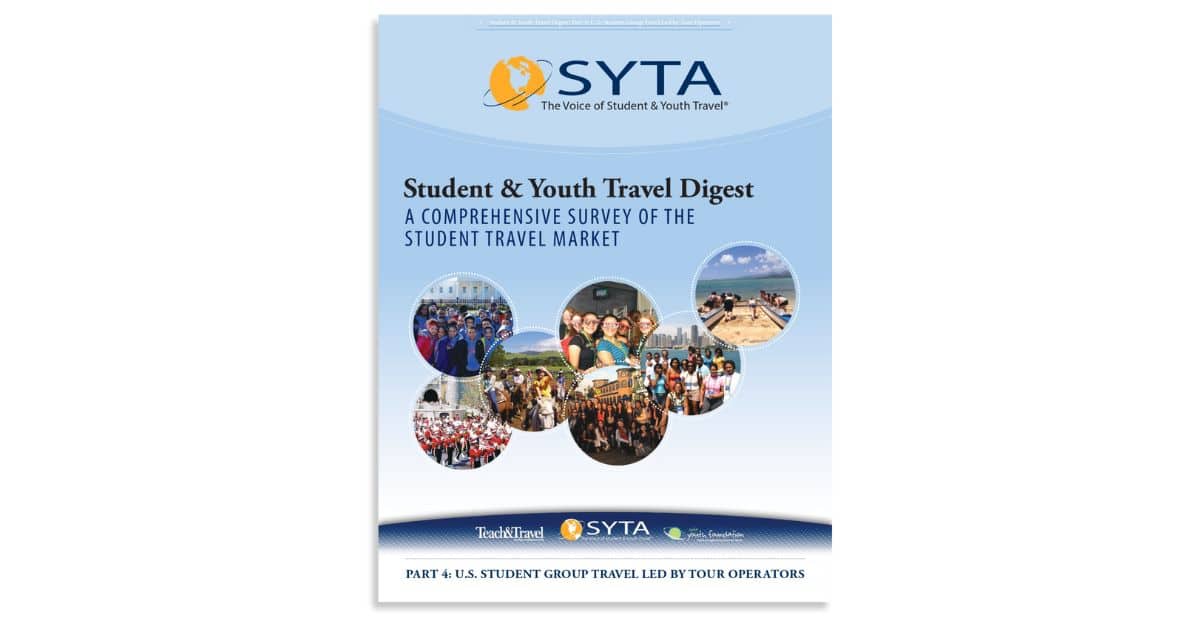
This report, which presents inputs from U.S. tour operators, concludes the first edition of the Student & Youth Travel Digest. The previous issues analyzed student group travel and its characteristics, as reported by U.S. teachers and international tour operators.
